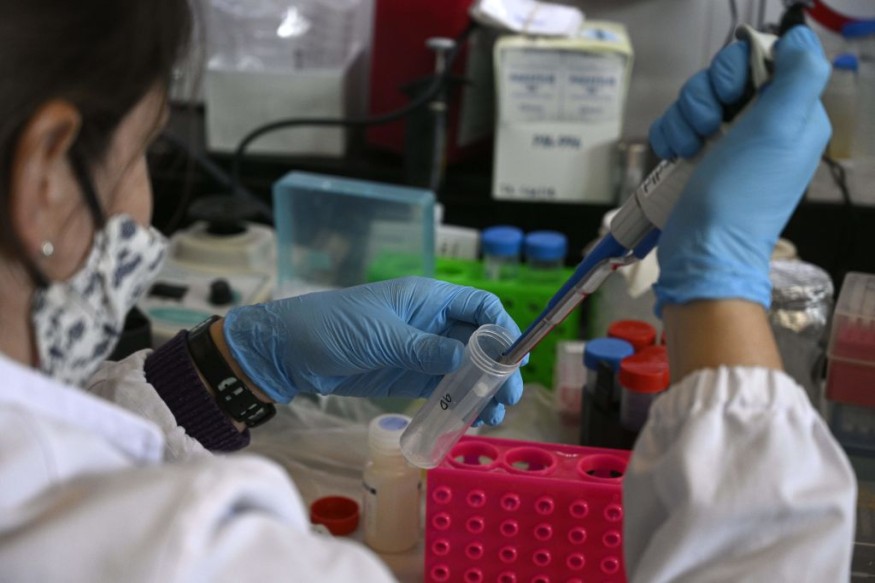The issue as to how life initially arose on our habitable planet has yet to be investigated properly, but academia is making progress all the time, wherein recent research uncovers the geometries of the enzymes that might be responsible.
The Search for Origin of Life on Earth

To commence, the researchers opted to initiate with the concept that existence as we understand it is based on the collection and use of resources.
That power had probably begun from the heavens, in the form of electromagnetic rays, either from depths inside Earth itself, as temperature oozing via volcanic vents at the depths of the prehistoric oceans.
The researchers managed to discover advancement in structural layers, this is the forms molecules acquire after they become physiologically active and that has formed the structures we recognize today, much like a scientific family lineage construction.
Since metals are now the finest components for carrying out electrochemical performance and proteins are the complicated structures that control numerous living activities, the experts managed to merge the two and look for binding proteins materials.
According to the experts, these similar traits might be adequate and effective in the primordial proteins, evolving over time to become the enzymes we observe nowadays while retaining some fundamental patterns.
A systematical, algorithmic strategy has been used to evaluate metal-finding enzymes, uncovering similar traits that paired throughout them, regardless of protein capabilities, metal binding, or pathogen associated.
The bacteriologist Yana Bromberg from University-New Brunswick asserts that "We discovered that the metal-binding components of established enzymes are really parallel, although the protein molecules itself may not have been."
How Structures of Proteins Linked To The Study
The findings also indicate that biologically operational enzymes, the tiny iterations of proteins, might well have preceded the oldest enzymes which go down as far as 3.8 billion years old.
"Our findings imply that conformational changes of these small construction pieces may have a unique or a modest similarity between ancestors, eventually leading to the entire diversity of peptides and their activities that we now have," adds Bromberg.
Yet again, whatever understanding of the origins of living things can be useful in the existence of life across other worlds, where life may commence to develop through comparable evolutionary routes.
Surprisingly, these components were discovered in plenty of other territories of the polypeptides, not even just metal-binding cores, as well as in several other enzymes that were not included in our investigation."
The theory goes that dissolving metals in the Archean Sea, which flooded Earth thousands of years ago, may have powered the charged particle scrambling essential for power transmission and, hence, biological life.
"The discovery of the unique structural construction blocks may also be useful for gene editing endeavors, in which researchers try to create particularly functioning molecules from scratch."
"We seem to have limited evidence on how life started on our atmosphere, and our discovery adds a formerly inaccessible answer," Bromberg argues.
"We also discovered that these metal-binding components are frequently composed of repetitive components, similar to Lego pieces."
© 2025 NatureWorldNews.com All rights reserved. Do not reproduce without permission.





